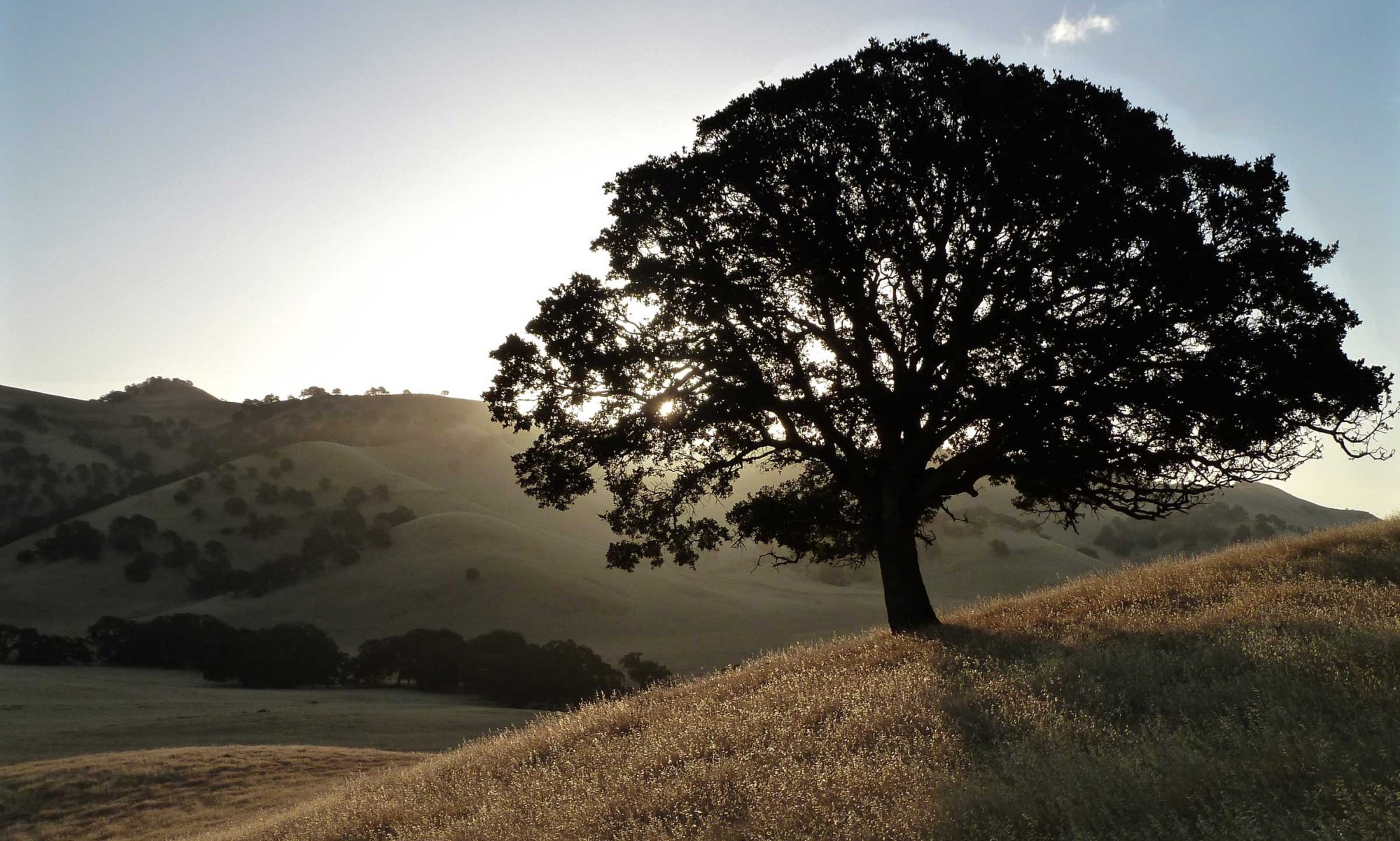
George Winston December
Comments
Frozen branches overhead, snowy drives in the evening, and the quiet of a snow covered landscape. Winston invokes all of these on his landmark album December. While Winston named his compositions after moments in time – months or seasons, he was really playing music about places – creeks, and trees, passes and roads in Montana and the high-plains and prairies.
The music holds up year-round thanks to its simplicity and beauty. Even the carols are stripped down enough that they can be enjoyed even as we endure the heat of a July afternoon. In his discography, December stands as a crowd-pleaser – neither as resonant and redolent as Autumn, nor as cold and brittle as the first side of Winter Into Spring. December is an album that inspired a million insipid imitators, yet always maintains a beautiful and thoughtful poise; relaxed, yet energetic.
December is often incorrectly identified as the album that made Windham Hill Records a crossover success. That honor goes to George Winston’s Autumn, which sold millions of copies and was the breakthrough success for the label. That being said, December was another high-tide mark for the label, and laid the groundwork for the extraordinarily popular Winter Solstice series.
It is curious that with all of the detailed credits, there is no listing of which brand of piano is played by by George Winston. According to engineer Harn Soper, Winston used a Yamaha grand for Autumn. Based on the sound, I would imagine it was another Yamaha for this recording. It should also be noted that in the recoding of Autumn, Winston would indeed drop and pickup in mid-song, only to be edited together later. This saves an enormous amount of time during the recording section, and I certainly can’t hear it in the recordings, which is remarkable given that Winston will often hold the sustain pedal down throughout an entire song, and the reverberations must undoubtably be different as he plays through a track different times.

Track Listing
Side One: 20:56
- Thanksgiving 4:04
- Jesus, Jesus, Rest Your Head 2:40 – An Appalachain carol of the late Eighteen Hundreds, Collected by the eminent folklorist John Jacob Niles.
- Joy 3:13 – Inspired by an arrangement by David Qualey
- Prelude 1:16
- Carol of the Bells – A Nineteenth Century Ukranian carol.
- Night 5:47
- — Part One: Snow 1:51
- — Part Two: Midnight 1:56
- — Part Three: Minstrels 2:00
- Minstrels was inspired by St. Basil’s Hymn, a traditional Greek Children’s New Years’s Carol based upon a rendition by Malcolm Dalglish.
Side Two: 18:18
- Variations on the Kanon by Johann Pachelbel 5:21 – Composed circa 1699, the Kanon was originally an organ piece.
- The Holly and the Ivy 4:52 – An Eighteenth Century English carol based upon an earlier French carol.
- Some Children See Him 3:43 – Composed in 1951 by jazz trumpeter Alfred S. Burt (1921-1954), Some Children See Him was one of fifteen carols written as gifts for friends. The piece was originally a song with lyrics by Wilha Hutson expressing the universal love of children.
- Peace 4:02
Samples
Thanksgiving
Prelude
Carol of the Bells
Night, Part Three: Minstrels
Variations on the Kanon (Live)
The Holly and the Ivy
Peace
Credits
- Produced by William Ackerman and George Winston
- Recorded in September and October of 1982 at Different Fur Recording, San Francisco, CA
- Engineered by Steven Miller
- Second Engineer on the Steven Miller sessions: Karen Kirsch
- Engineering by Karen Kirsch on Carol of the Bells and Variations on the Kanon by Pachelbel.
- Half-Speed Mastering by Jack Hunt of JVC Cutting Center
- Matrix and Pressing by Record Technology Inc., Camarillo, CA
- Photos by Greg Edmonds
- Design by Anne and Will Ackerman
- Thanksgiving, Prelude, Snow, Midnight and Peace composed by George Winston and published by Windham Hill Music BMI.
- Some Children See Him composed by A. S. Burt and published by Hollis Music Inc. BMI.
- All other compositions are traditional and in the public domain.
- Special Thanks to Steven Miller and Cathy Econom for their valuable contributions in production.
Liner Notes
This recording was mande direct to two-track using a Studer A 80 VU MK III half-inch recorder at thirty inches per second. No noise reductin was employed. KEF speakers were used for audio monitoring and referencing on this recording.
There is a great wealth of traditional and contemporary music to draw from in doing an album for the winter season. These four albums have been most inspirational to me in conceiving of this album and in doing albums for the seasons.
- John Fahey The New Possibility Takoma Records
- Vince Guaraldi A Charlie Brown Chistmas Fantasy Records
- Joseph Byrd A Christmas Yet To ComeTakoma Records
- Alfred S. Burt This is Christmas (inquiries to Box 1591 Santa Cruz, CA 95061)
Thanks to Doc Bochenek, Larry Boden, Mario Cassetta, Janea Chadwick, Megan Corwin, John Creger, George Cromarty, Jane Crosier, Alex de Grassi, Melissa Dufffy, Sylvan Grey, Howard Johnston, Gail Kennedy, Jerrol Kimmel, Silvia Kohan, Marin Moon, Steve Reich, Bola Sete, Sari Spieler, Liz Story, Marie Winchester
- Manufactured by Windham Hill Records
- A Division of Windham Hill Productions Inc.
- Box 9388 Stanford, CA 94305
- (c) (p) Windham Hill Records 1982


